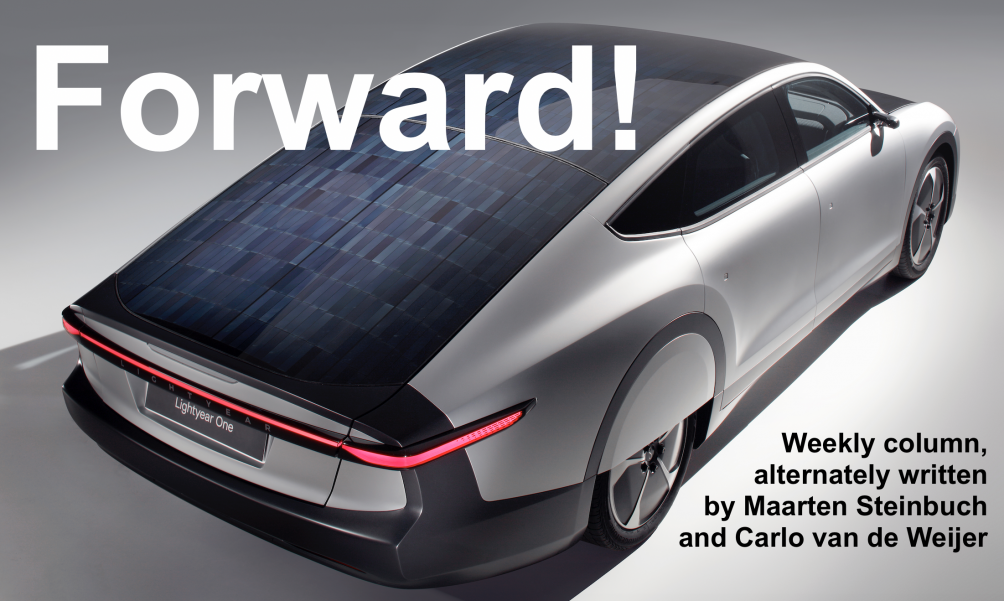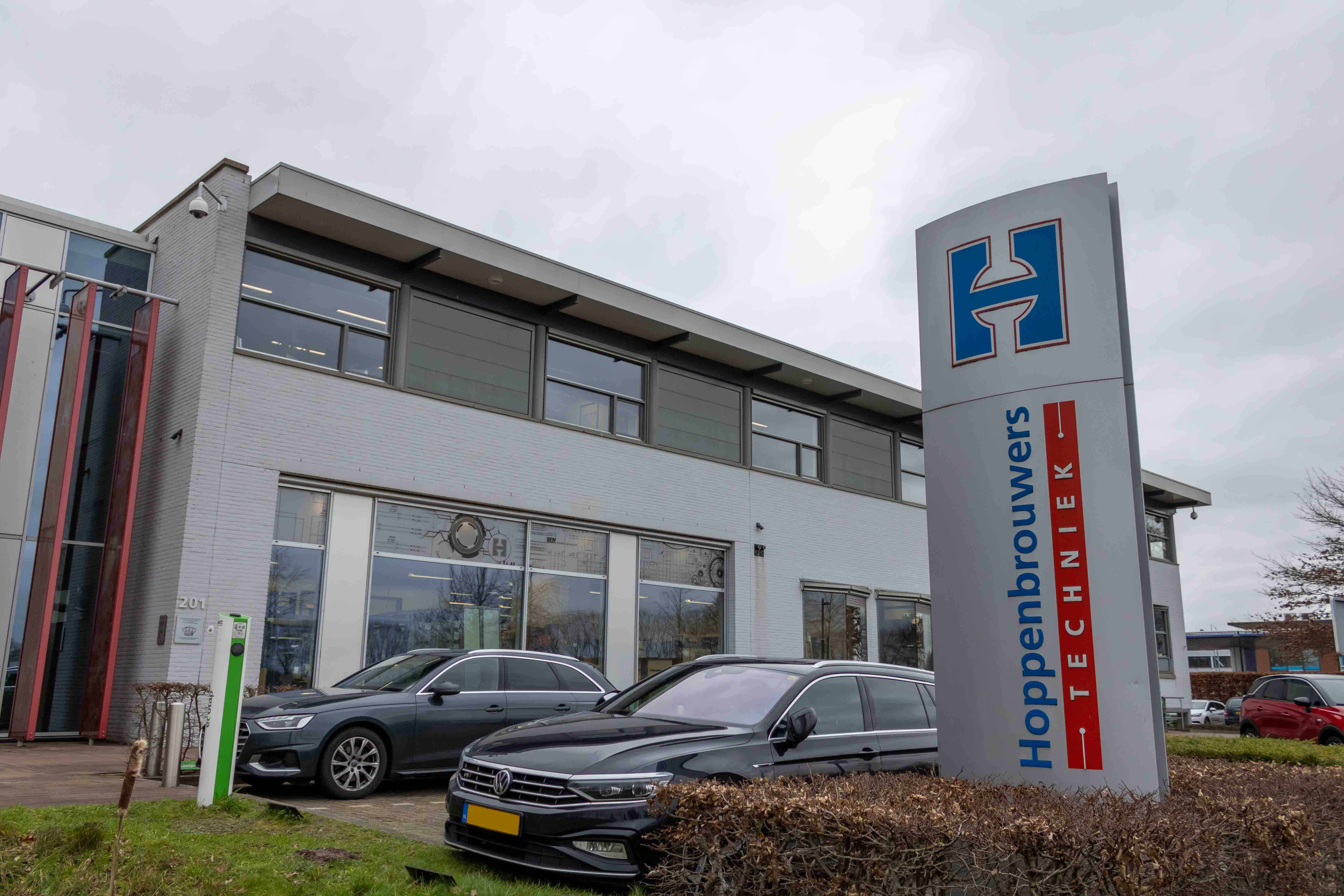
There seems to be increasing support for making car costs more variable, the much talked about road pricing. Or, more nicely put: paying according to use. The idea is that you don’t pay things like motor vehicle tax every quarter, but every kilometer. Thoughts like this are not new but have become more topical now that the government is in danger of losing out on a lot of fuel taxes due to the rapid rise of electric vehicles. And because the implementation of pay-per-use is expected to take about ten years, electric driving will probably be the norm once the system is up and running.

Because not all the costs of a car can be made variable, and because electric vehicles generate fewer social environmental costs, the ministry assumes a price per kilometer of around 5 cents for an electric vehicle. But because that by itself has low mileage costs, the total variable price of a kilometer of electric driving for the user will be somewhere between 10 and 15 cents. Contrary to the rather rosy expectations of reduced car traffic through payment according to use, I fear that this is too low to bring about a significant change in behavior.
After all, that price is not much different from the variable kilometer price of a current fuel car or from public transport. Of course, you could easily make the price higher, but the starting point is to pay for mobility in a different way, not pay more. If it proves possible to differentiate according to time and place, which meets with a great deal of political resistance and still has many privacy challenges, you can levy additional taxes during rush hour and around congested areas to prevent traffic jams. But that traffic jam is not expensive enough to justify that extra complexity and cost.
A variable kilometer price of between 10 and 15 cents for road pricing is not enough to change behavior.
Carlo van de Weijer
Paying according to use is not free. The plans assume an amount of between €500 million and €750 million per year in implementation costs. That seems a bit much to me, but it will be somewhere in that range. While the current system of taxation is almost free. These implementation costs are not the only disadvantage of paying according to use. In addition to fewer car kilometers, it also leads to more cars, because the costs shift from ownership to use. And that makes owning a car cheaper. At the end of the day, there this will lead to more cars, although they are driving around less often. And with the cleaner and safer cars of the future, the unwanted use of space will become an increasingly serious mobility problem. A moving car does use more space than a stationary one, but the latter is often parked in a place where space is at a premium, the inner city or a residential area.
In the longer term, the traditional payment for possession, therefore, has its advantages, because it also prices parked cars. So we might better choose to go for a higher road tax for electric cars as compensation for missed excise duties, just as is the case with LPG taxation in the Netherlands. With the saved €750 mln you can do better things. For example, redesigning a thousand unsafe intersections or constructing a thousand kilometers of bicycle paths. Year after year.
Maarten Steinbuch and Carlo van de Weijer are alternately writing this weekly column, originally published (in Dutch) in FD. Did you like it? There’s more to enjoy: a new book with a selection of these columns has just been published by 24U and distributed by Lecturis.







